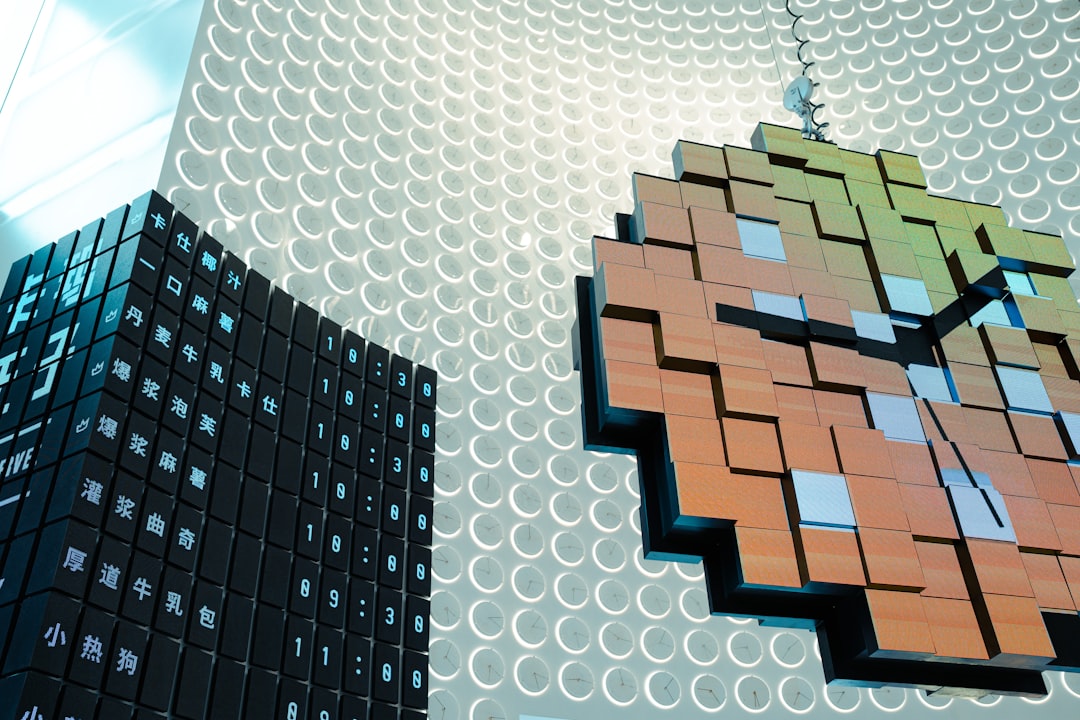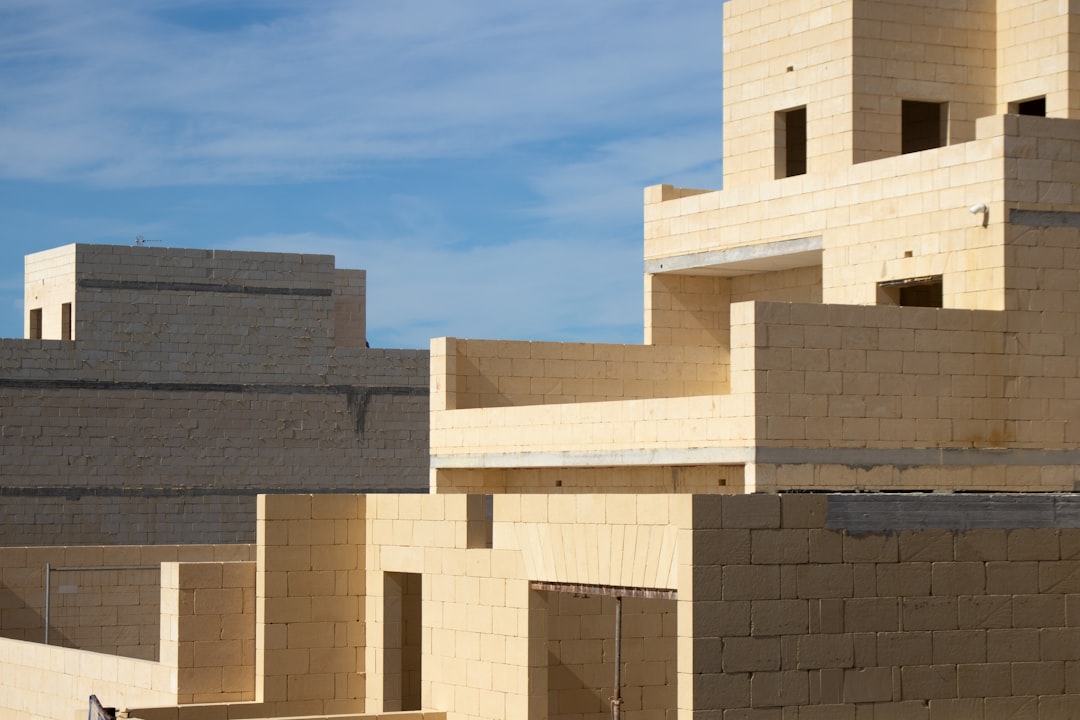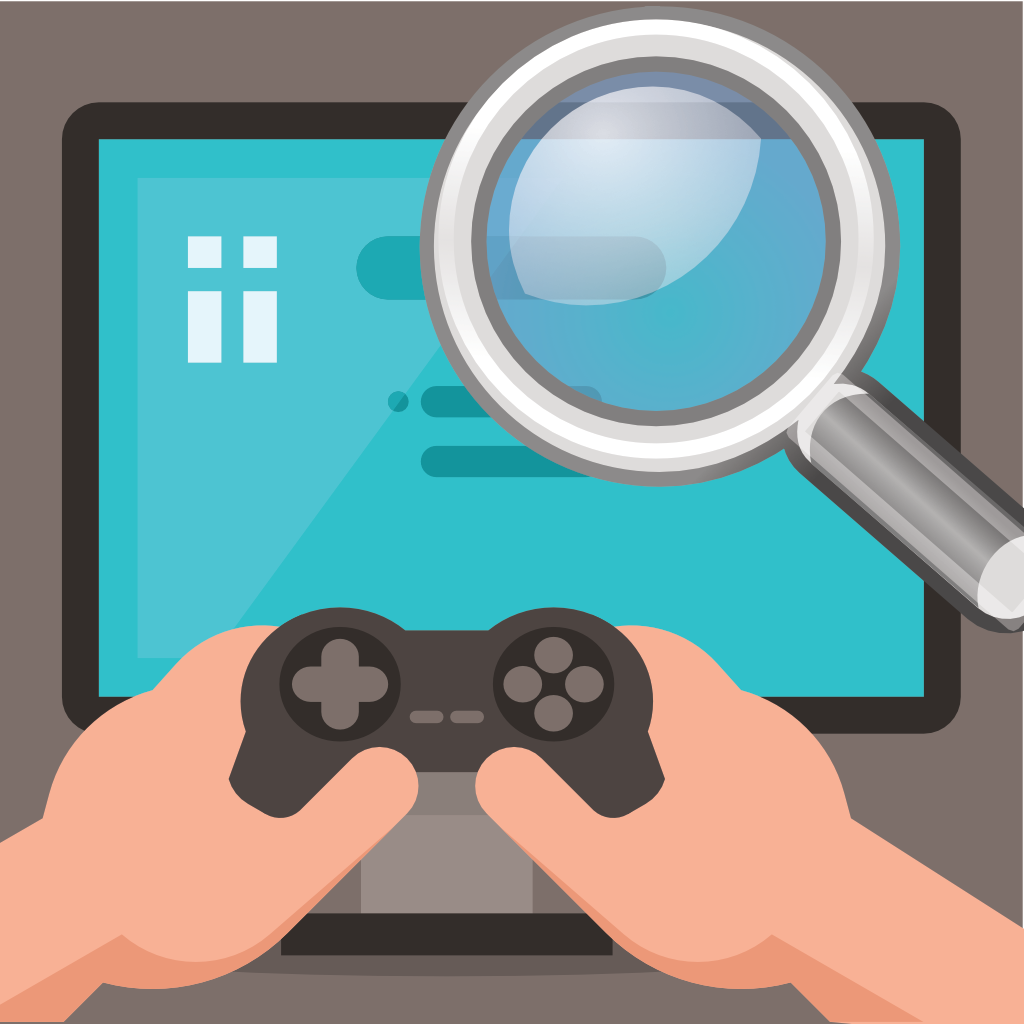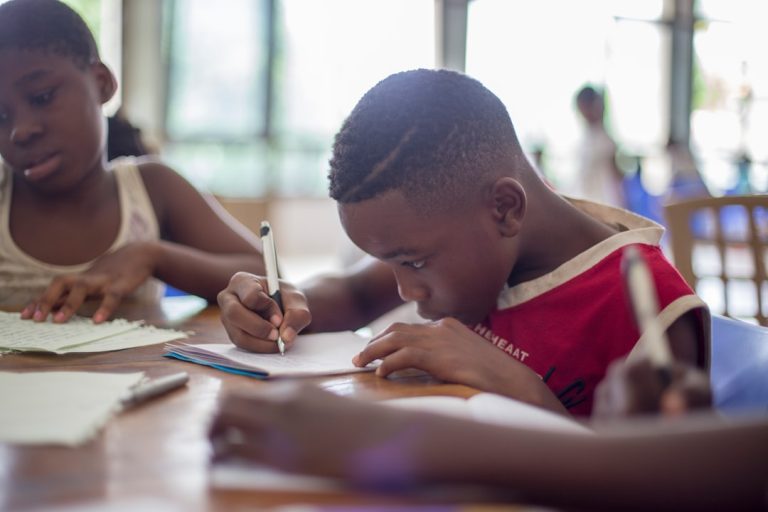Support our educational content for free when you purchase through links on our site. Learn more
10 Reasons Why Minecraft Is Bad for Kids in 2025 🚫
Minecraft has taken the gaming world by storm, captivating millions of players with its endless possibilities and creative freedom. However, beneath the charming blocky surface lies a darker reality that every parent should be aware of. From potential addiction to social isolation, the game can have serious implications for children. Did you know that over 238 million copies of Minecraft have been sold? With such a massive player base, understanding the risks associated with this game is more important than ever.
In this article, we’ll delve into 10 compelling reasons why Minecraft might not be the best choice for your child. Whether you’re a concerned parent or just curious about the game’s impact, we’ll provide insights that will help you make informed decisions. So, grab your pickaxe, and let’s dig into the details!
Key Takeaways
- Addiction Risks: Minecraft’s engaging gameplay can lead to excessive screen time and neglect of responsibilities.
- Online Dangers: The multiplayer mode exposes children to potential cyberbullying and inappropriate content.
- Financial Concerns: In-app purchases can result in unexpected expenses if not monitored.
- Social Isolation: Excessive play can hinder real-world social interactions and skills.
- Educational Value vs. Reality: While it can be beneficial, it shouldn’t replace traditional learning experiences.
If you’re considering Minecraft for your child, check out these Minecraft products on Amazon to ensure you’re making the best choice for their gaming experience!
Table of Contents
Quick Tips and Facts
The Dark Side of Minecraft: Understanding the Risks
Unpacking Minecraft Addiction: Is It Really a Problem?
Social Isolation and Minecraft: A Double-Edged Sword
Violence and Destruction: The Impact of Minecraft’s Gameplay
In-Game Purchases and Financial Concerns: A Hidden Trap
Educational Value vs. Reality: Is Minecraft Really Beneficial?
The Influence of Mods and Servers: A Risky Playground
Parental Controls and Monitoring: How to Keep Kids Safe
Alternatives to Minecraft: Exploring Safer Gaming Options
Conclusion
Recommended Links
FAQ
Reference Links
Quick Tips and Facts
- Minecraft is wildly popular: With over 238 million copies sold worldwide, it’s one of the best-selling video games ever! 🤯 (Source: Statista)
- It’s rated E10+: This means it’s generally considered suitable for ages 10 and up. However, many younger children play it too. 🤔 Check out our article about Is Minecraft Appropriate for 6-Year-Olds? 7 Essential Insights! 👶 2025
- Minecraft offers different modes: You can play solo, with friends online, or even on the same console! 🎮
- It’s a sandbox game: This means there’s no set storyline. You’re free to build, explore, and create whatever you can imagine! 🌳🏡
- Minecraft can be educational: It encourages creativity, problem-solving, and even basic coding skills. 🧠
The Dark Side of Minecraft: Understanding the Risks
Okay, so we know Minecraft is a global phenomenon, but like any popular game, it has its downsides. Let’s be real, even a harmless-looking block-building game can have its share of issues. As game developers ourselves, we know a thing or two about the potential pitfalls of the digital world.
Addiction and Screen Time
“Minecraft is sneakily addictive,” says parenting website GetKidas.com. We’ve all been there – those “just one more block” sessions that turn into hours-long marathons. 😴 While the open-ended gameplay is part of Minecraft’s charm, it can also make it hard to put down, leading to excessive screen time and potential conflicts with other activities.
Online Interactions and Cyberbullying
Minecraft’s online multiplayer aspect, while a fantastic way to connect with friends, opens the door to potential dangers like cyberbullying and exposure to inappropriate language. As GetKidas.com points out, players might encounter “foul language and bullying from other players.” 🤬
In-App Purchases and Financial Risks
Like many free-to-play and even paid games these days, Minecraft features in-app purchases for things like character skins and texture packs. While these can enhance the gameplay experience, they can also lead to unexpected expenses, especially if kids have access to their parents’ payment information. 💳
Unpacking Minecraft Addiction: Is It Really a Problem?
The word “addiction” gets thrown around a lot these days, but when it comes to gaming, it’s a serious concern. Homeschool Dad, a website focused on parenting, calls Minecraft a “poisonous mind drug” that’s “designed for pure addiction.” While that might sound extreme, it highlights the very real potential for unhealthy gaming habits.
So, how do you know if it’s just enthusiastic playing or something more serious? Here are some red flags:
- Neglecting responsibilities: Skipping homework, chores, or even meals to play Minecraft. 🍕
- Withdrawal symptoms: Becoming irritable, anxious, or restless when not playing. 😠
- Loss of interest in other activities: No longer enjoying hobbies or spending time with friends and family.
- Lying about playtime: Hiding the amount of time spent on Minecraft. 🤫
If you notice any of these signs, it’s crucial to address the issue and potentially seek professional help.
Social Isolation and Minecraft: A Double-Edged Sword
Minecraft can be a social lifeline for some kids, especially those who struggle with face-to-face interactions. It provides a platform to connect with like-minded individuals, build friendships, and collaborate on creative projects. However, there’s a flip side to this coin.
Spending excessive time in the virtual world of Minecraft can lead to social isolation in the real world. Kids might prioritize online relationships over real-life ones, neglecting opportunities to develop essential social skills and experience the richness of human interaction. It’s all about finding a healthy balance. ⚖️
Violence and Destruction: The Impact of Minecraft’s Gameplay
Let’s address the elephant in the room – or rather, the creeper in the mine. 💣 While Minecraft isn’t your typical shoot-’em-up game, it does involve elements of violence and destruction. Players can craft weapons, fight hostile mobs (like zombies and skeletons), and even engage in player-versus-player combat.
Some argue that this type of gameplay can desensitize children to violence or promote aggressive behavior. Others contend that it’s simply a form of digital play, no different from kids pretending to be knights and dragons in the backyard. 칼
The key is to have open and honest conversations with kids about the difference between fantasy and reality, emphasizing that violence is never the answer in the real world.
In-Game Purchases and Financial Concerns: A Hidden Trap
Ah, microtransactions – the bane of many a gamer’s (and parent’s) existence. Minecraft’s in-game currency, “Minecoins,” can be used to purchase a variety of cosmetic items, such as character skins, texture packs, and even custom maps. While these purchases are entirely optional and don’t affect gameplay, they can be tempting for kids eager to personalize their experience.
The danger lies in the ease with which these transactions can be made. A few clicks or taps and those Minecoins are gone, potentially leading to unexpected charges on parents’ credit cards. 💸
Educational Value vs. Reality: Is Minecraft Really Beneficial?
Minecraft often gets touted for its educational value, and for good reason. It can foster creativity, problem-solving skills, spatial reasoning, and even introduce kids to basic coding concepts through its “Redstone” mechanics. Some schools have even incorporated Minecraft into their curriculum! 🏫
However, let’s not forget that at its core, Minecraft is a game. While it can be a valuable learning tool, it’s essential to ensure that it doesn’t overshadow traditional forms of education and real-world experiences. As Homeschool Dad puts it, justifications like “My kid learned to read because of Minecraft” can be “weak” attempts to rationalize excessive playtime.
The Influence of Mods and Servers: A Risky Playground
One of the things that makes Minecraft so appealing is its near-infinite replayability, thanks in large part to the vibrant modding and server community. Mods, short for modifications, are player-created content that can alter the game in countless ways, adding new items, creatures, gameplay mechanics, and more. Servers, on the other hand, are online worlds hosted by individuals or groups, each with its own set of rules, themes, and communities.
While mods and servers can greatly enhance the Minecraft experience, they also introduce potential risks. Some mods might contain malicious code or expose players to inappropriate content. Similarly, not all servers are created equal – some might have lax moderation, exposing players to cyberbullying, griefing (intentionally ruining other players’ creations), or other forms of online harassment.
Parental Controls and Monitoring: How to Keep Kids Safe
So, how can parents navigate the potential pitfalls of Minecraft and ensure their kids have a safe and enjoyable experience? Here are some tips:
- Set clear boundaries: Establish rules about screen time, in-app purchases, and online interactions.
- Enable parental controls: Most gaming platforms offer parental control settings that allow you to restrict content, limit playtime, and manage online communication.
- Play together: One of the best ways to monitor your child’s Minecraft activity is to join in on the fun! Playing together allows you to observe their interactions, provide guidance, and foster a shared interest.
- Keep communication open: Encourage your kids to talk to you about their online experiences, both positive and negative. Let them know that they can come to you if they encounter anything upsetting or inappropriate.
- Stay informed: Familiarize yourself with the game’s features, potential risks, and the online communities your child might be engaging with.
Conclusion

In wrapping up our exploration of the reasons why Minecraft might not be the best choice for everyone, it’s clear that while the game has a lot of positive attributes, it also comes with its fair share of concerns.
Positives:
- Creativity and Problem-Solving: Minecraft encourages players to think creatively and develop problem-solving skills through its open-world gameplay.
- Social Interaction: It provides a platform for kids to connect with friends and build communities.
- Educational Potential: Many educators have successfully integrated Minecraft into their curricula, highlighting its ability to teach various subjects in an engaging way.
Negatives:
- Addiction Risks: The game’s engaging nature can lead to excessive playtime and potential addiction.
- Online Dangers: Exposure to cyberbullying, inappropriate content, and toxic behavior in multiplayer modes is a significant concern.
- Financial Risks: In-app purchases can lead to unexpected expenses if not monitored closely.
Ultimately, while Minecraft can be a fun and educational tool, it’s essential for parents to remain vigilant and proactive in managing their children’s gaming habits. Balancing screen time with real-world activities and fostering open communication about online experiences can help mitigate the risks associated with this beloved game.
If you’re considering allowing your child to play Minecraft, we recommend doing so with clear guidelines and active involvement. This way, you can help them enjoy the game while minimizing potential downsides.
Recommended Links
👉 Shop Minecraft on:
- Amazon: Minecraft on Amazon
- Minecraft Official Website: Minecraft Official
Books for Parents:
FAQ





